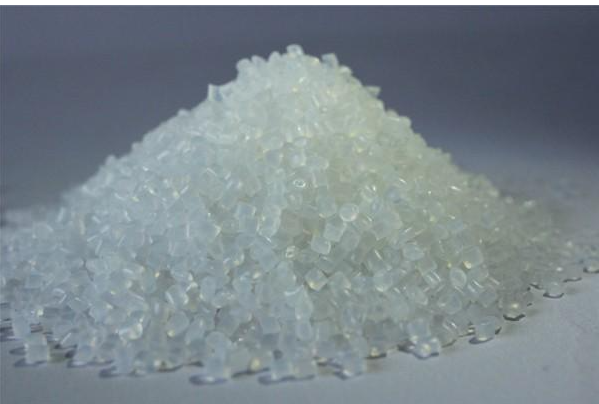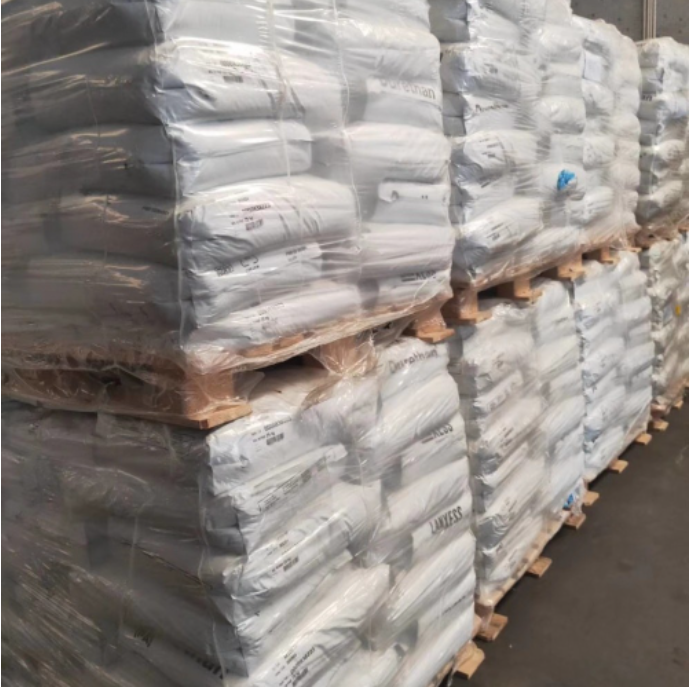Physicochemical characteristics
The chemical and physical properties of nylon 6 are very similar to those of nylon 66, however, it has a lower melting point and a wide process temperature range. Its impact resistance and solubility are better than nylon 66 plastic, but its moisture absorption is also stronger. Because many quality characteristics of plastic parts are affected by hygroscopicity, this should be fully taken into account when using nylon 6 to design products. In order to improve the mechanical properties of nylon 6, a variety of modifiers are often added. Glass fiber is the most common additive, and sometimes synthetic rubber is added to improve impact resistance, such as EPDM and SBR. For products without additives, the shrinkage rate of nylon 6 plastic raw materials is between 1% and 1.5%. The addition of glass fiber additives can reduce the shrinkage rate to 0.3% (but slightly higher in the direction perpendicular to the process). The shrinkage rate of molded assembly is mainly affected by the crystallinity and hygroscopicity of the material. The actual shrinkage rate is also a function of the plastic part design, wall thickness and other process parameters. Nylon 6 injection drying treatment Because nylon 6 is easy to absorb water, so special attention should be paid to drying before processing. If the material is supplied in a waterproof packaging, the container should be kept airtight. If the humidity is greater than 0.2%, it is recommended to dry in hot air above 80 ° C for 16 hours. If the material has been exposed to air for more than 8 hours, it is recommended to vacuum dry at 105 ° C for more than 8 hours. [1]

Chinese name nylon 6
Polyamide 6; Nylon 6
Other name nylon 6; Polyamide 6
Chemical formula (C6H11NO)n
CAS login number 25038-54-4
EINECS entry number 211-024-8
Melting point 220 ℃
Density 1.13 g/cm³
HS code 3908101101
